- Learning time
- 30 minutes
- First play time
- 120 minutes
Ys
Designed by: Cyril Demaegd
In Ys, players take on the role of merchant princes – sending their brokers to collect gems from ships that land in the harbour of the mythical city of Ys. The aim is to collect the most gems – with the caveat that there are five different colours, and at the end of the game each colour will have a different worth depending on how players have manipulated the market value during the game.
Before each round players bid for turn order (also using their brokers) and on each player’s turn they place two brokers in the city of Ys – one face-up, and one face-down. As the brokers each have a ‘power’ of 0-4, bluffing is an integral part of the game. After all brokers are placed, the face-down brokers are turned up, and broker strength is compared. The player with the most powerful broker (or brokers) in a particular area of the city gets the reward that comes with it – it might be a valuable black gem, some coloured gems from the harbour, or a character card, which gives the player a special move in a subsequent round. Players can also place agents in the market, which can earn them a gem – and also manipulates the value of the gems.
It’s a deceptively simple game (simpler than the rulebook makes it seem!) where there are numerous strategies available. You can win without ever going to market – but engineering prices can be very helpful. You can concentrate on grabbing as many gems as possible – or try and get character cards to turn the game in your favour.
The key component of Ys, however, is the bluffing. Brokers with a power of ‘zero’ can still get control of part of the city if no opponent goes there. So the game combines the round-by-round brinkmanship of games such as poker with the longer-term strategy of modern boardgames – and does so very well.
The guru's verdict
-
Take That!
Take That!
No combat, but players are trying to outbid and fool each other.
-
Fidget Factor!
Fidget Factor!
Not much, as you need to watch what other players are up to. But the slightly abstract feel to the game may not suit younger players.
-
Brain Burn!
Brain Burn!
Ys is best played at a fair clip, although anyone assuming it's a game of pure luck is unlikely to emerge the winner.
-
Again Again!
Again Again!
Older children and adults will enjoy the bluffing.

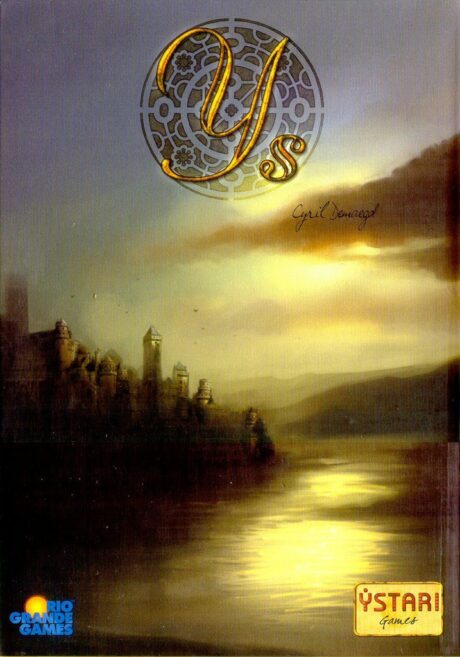
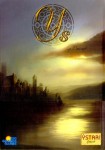
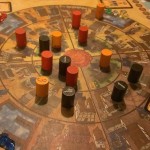


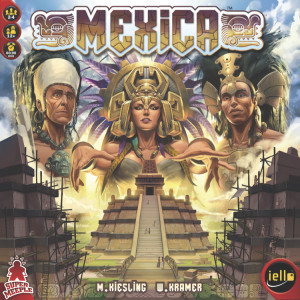
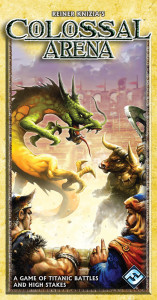
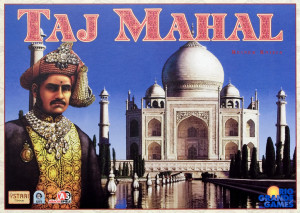
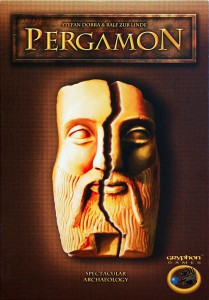
Sam says
Fictional cities, dragons, gems... if the theme of Ys treads over-familiar fantasy ground, I do really enjoy the game play. There aren't many board games that make bluffing so central, and though it's a game where you kind of forget the theme once you start playing, it's a lot of fun all the same.